Reindeer Facts
- Perhaps most notably, the common name of Reindeer applies to a specific variety of deer with a total of 15 subspecies. All of these live as native to specific, and rather harsh, sections of the world. In some ways, this aids in their survival, however.
- The same awesome animal also goes by the name of caribou in parts of its native range, though. Regardless of the name one uses for the impressive creature, however, Indigenous Peoples in parts of its range depend on it for their very survival.
- In addition to the simple facts of its great beauty, one very special fact sets this remarkable creature apart from all other known animals. This characteristic actually formed as a unique adaptation to the climate in which the species evolved.
- Quite amazingly, the beautiful reindeer remains the only known mammal to possess the ability to see in ultraviolet light. Though still numerous, the population of this amazingly adapted mammal unfortunately appears to be in decline.
- The main reason for this seems to be climate change, much like many species around the world today. However, several other factors also threaten the magnificent animal. These include two separate parasites that threaten several local populations.
Related Articles
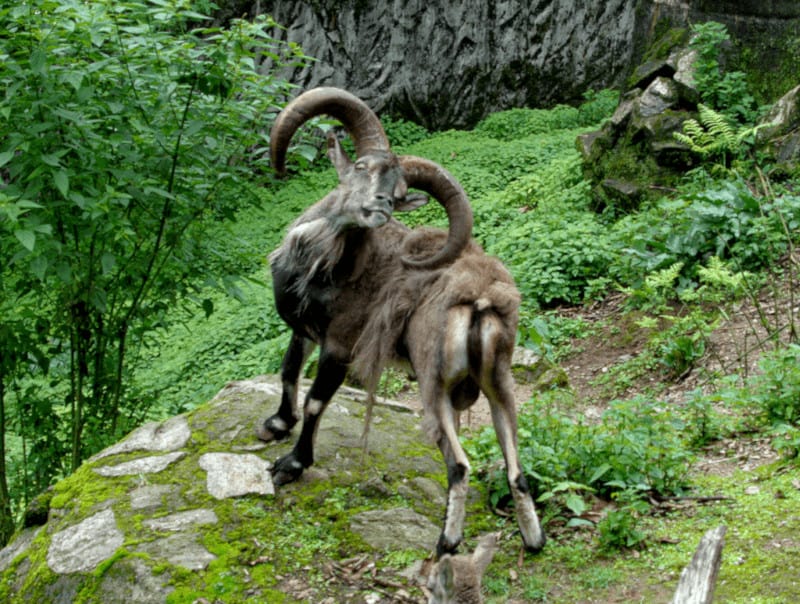
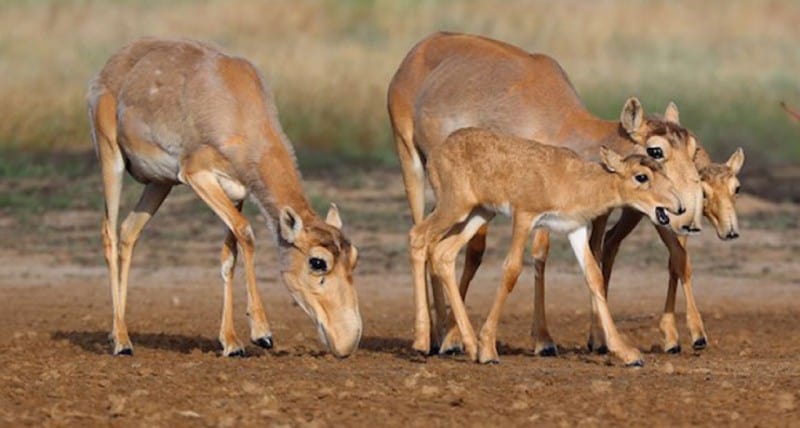
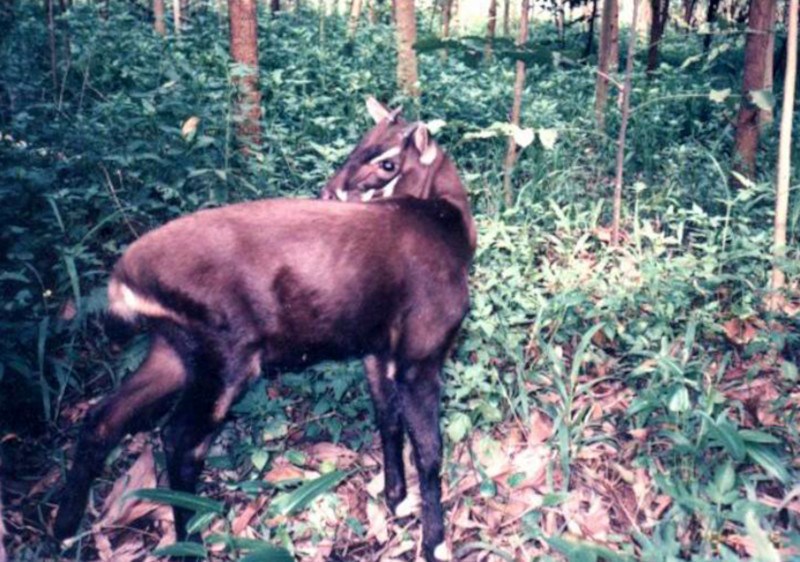
Reindeer Physical Description
The remarkable Reindeer holds more surprises, in this case in terms of its appearance. That’s because the color of the fur of the mammal varies widely, both in individuals and with the season. This represents yet another uncommon trait that the creature displays.
In point of fact, the coloring generally ranges from off-white to a dark brown. The fur further sometimes develops a most striking mottled pattern. In other aspects of its physiology, though, it displays many of the same traits that characterize many types of animals.
That’s due to the fact that it displays a mild degree of sexual dimorphism. That’s because, in its case, contrary to popularly held belief, both sexes develop antlers. This also sets it apart from related species, because it’s the only species whose females grow antlers.
Those of the mature female, however, generally develop as much smaller than those of the males. Yet overall, the antlers of this beautiful ruminant average up to 39 in (100 cm) in length. These features also attain an impressive average of 53 in (135 cm) in total width.
Mature male Reindeer grow larger than the females and average roughly 7 ft (2.13 m) in length, and weigh an average of 400 lb (182 kg). A few rare males attain a weight of up to 700 lb (318 kg). Typically, an adult also stands about 59 in (150 cm) tall at the shoulder.
- Kingdom: Animalia
- Phylum: Chordata
- Class: Mammalia
- Order: Artiodactyla
- Family: Cervidae
- Genus: Rangifer
- Species: R. tarandus
Reindeer Distribution, Habitat, and Ecology
The powerful and majestic Reindeer actually evolved as native to a most surprising part of the world. More precisely, the ruminant remains native to the Arctic and subarctic regions of the world. The impressive animal also migrates within its region of habitation.
This includes much of the tundra regions of the Northern Hemisphere. This range once extended much further south than it does today. Its range also naturally affects its diet. Being a large ruminant, the Reindeer primarily feeds upon a wide variety of local native plants.
These, however, most commonly include such plants as reindeer moss, grasses, sedges. Individuals also consume the leaves of willows and birches. It also feeds on lichen, as well. This further makes it the only known large mammal able to consume lichen.
Despite its relatively large size, it in turn falls prey to a number of predators. These vary, depending upon the region of the world it inhabits. Animals such as golden eagles and wolverines prey on the young. Only polar bears and brown bears feed on mature individuals.
Species Sharing Its Range


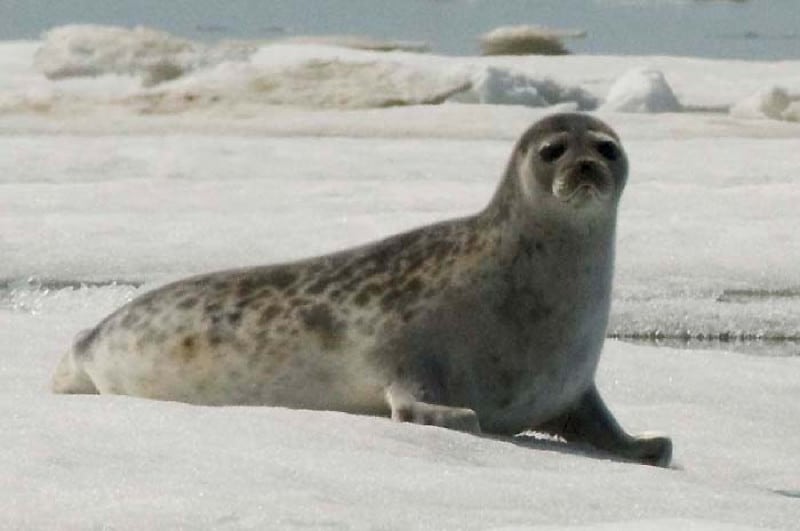
Check out our other articles on Earth’s Extremely Threatened Flowers, Vietnamese Mossy Frog, Boiling Lake, Rainbow Eucalyptus, Mongolian Wild Horse, Giant Mesquite Bug, Jewelled Gecko
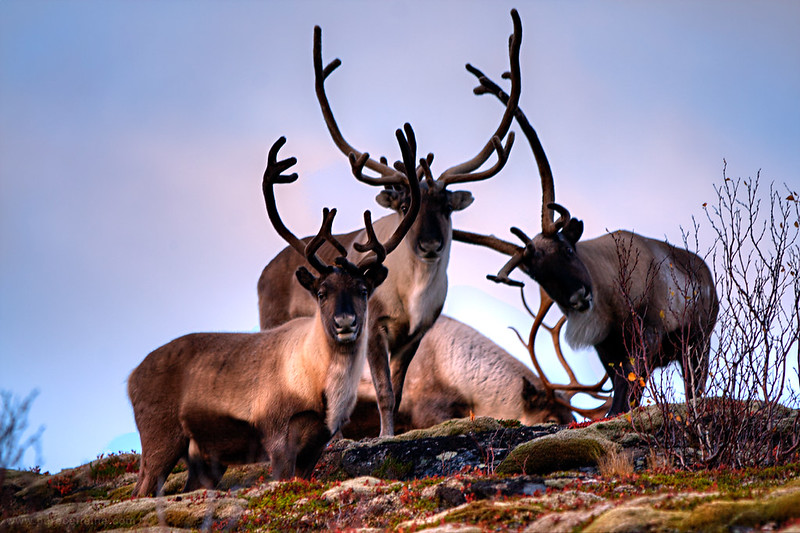
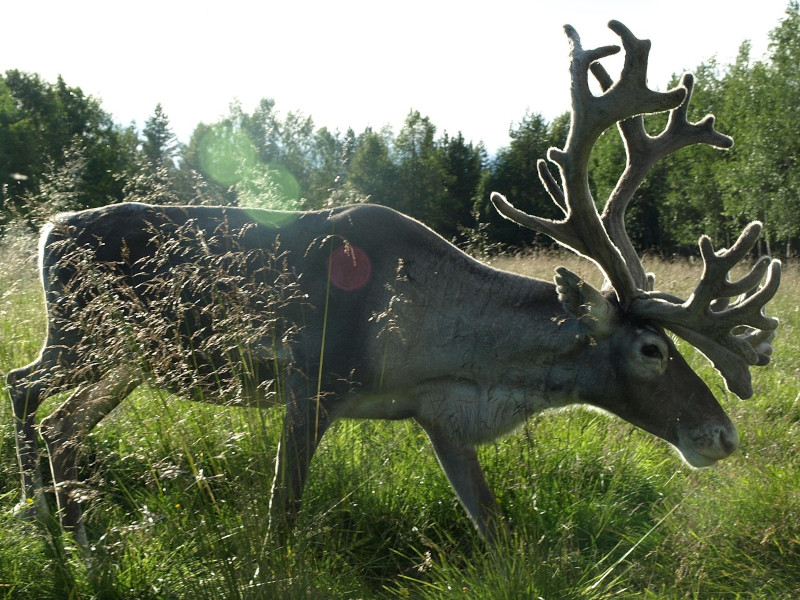
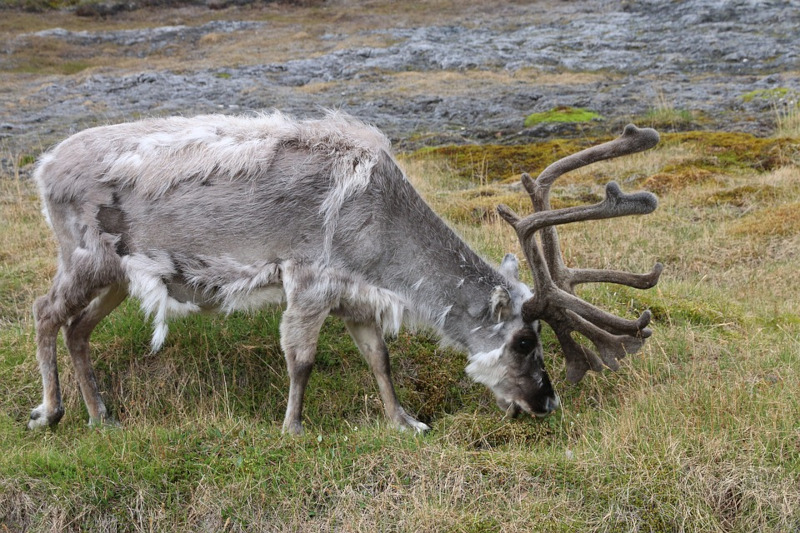









Leave a Reply